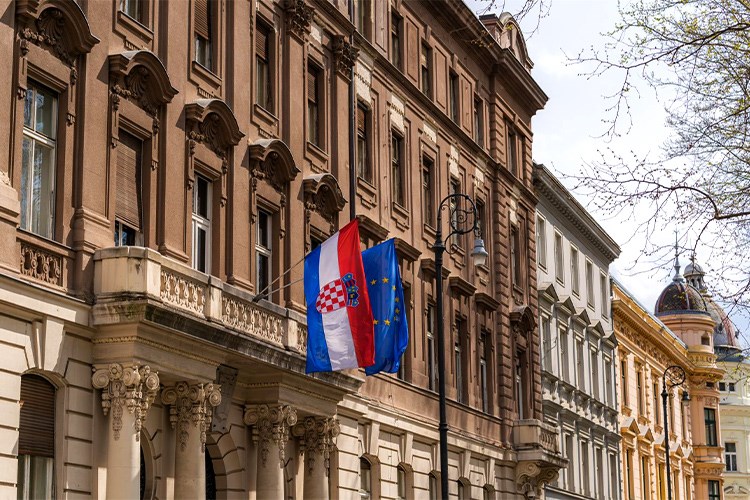MILKA TRNINA AND THE ROYAL OPERA HOUSE
18th September – 20th January 2006
The exhibition on life and career of the Croatian soprano Milka Ternina, an international star at the turn of the twentieth century, has opened at the Royal Opera House as a result of co-operation between The Royal Opera House and the Zagreb City Museum. Milka Ternina made a great contribution to the music scene of her time, she was famous and feted both in Europe and America. This exhibition, drawn from the Milka Ternina Bequest of the Zagreb City Museum, celebrates her life and career 100 years after her last performances at the Royal Opera House, where she achieved, perhaps, some of her greatest triumphs.
MILKA TRNINA AND THE ROYAL OPERA HOUSE
18th September – 20th January 2006
The exhibition on life and career of the Croatian soprano Milka Ternina, an international star at the turn of the twentieth century, has opened at the Royal Opera House as a result of co-operation between The Royal Opera House and the Zagreb City Museum. Milka Ternina made a great contribution to the music scene of her time, she was famous and feted both in Europe and America. This exhibition, drawn from the Milka Ternina Bequest of the Zagreb City Museum, celebrates her life and career 100 years after her last performances at the Royal Opera House, where she achieved, perhaps, some of her greatest triumphs.
Milka Ternina was born on 19th December 1893 in Doljnji Sip, near Vezišce, a small village 50 kilometres from Zagreb. Following her father's death, when she was only six years old, she went to live with her uncle Janko Jurkovic and his family in Zagreb. Following her education in Zagreb, Trnina studied voice at the Vienna Conservatory with Professor Gansbacher and won the coveted medal for the best student.
Ternina made her stage debut in Zagreb on 11th April 1882 in Verdi's Un ballo in maschera, followed by Leipzig, Graz, Bremen, Munich, London, Bayreuth, New York and Boston. This glittering career was cut short after little more then 20 years following complications from an inflamed facial nerve. Ternina returned to Zagreb in 1913 where she lived until her death in 1941.
For Ternina her costumes were “wonderful memories of artistic work and glory” and she stipulated that “they must not leave Zagreb”. Seen for the first time outside of Zagreb since her retirement, it is fitting that they should return, with this exhibition, to the Royal Opera House, a theatre for which she retained great affection.
Press releases

